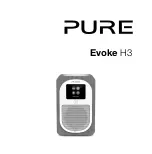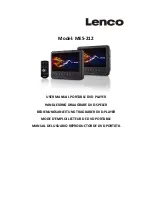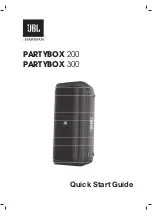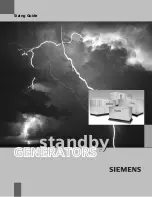
11
OPM-137/D
OPERATION
OUTPUT POWER AVAILABLE AND LOAD
DETERMINATION
Before using the generator, read and understand the
following information.
Generator output current (amperage) is internally limited
by three circuit breakers. If too much demand is placed on a
generator output (if you try to drive too many motors with
it, for example), one of the circuit breakers will trip, cutting
off the output in order to protect the generator.
A 20 Amp push-to-reset circuit breaker protects the 120V
duplex receptacle output circuit. 20 Amps is the total limit
for both outputs of the duplex receptacle. The 480V is
equipped with the Anderson receptacle only.
A 50 Amp toggle circuit breaker protects the 240V
receptacle output circuit. The 480V is equipped with the
Anderson receptacle only.
A large two pole (three pole for three phase) switch type
main circuit breaker protects the generator windings and
output circuits, including the load disconnect receptacle
outputs. The load disconnect receptacle is the largest gray
receptacle on the generator output panel.
To aid in determining how much load can be applied to
the generator, and how it should be distributed among the
generator output receptacles, the following formulas may
be useful. Get load voltages, current, and wattage from the
nameplates on the equipment in the load.
Load current (in Amps) x Load voltage = Load wattage
Amps x Volts = Watts
Watt/1000 = kW
Load wattage / Load voltage = Load current (in Amps)
Example: 250W, 120V floodlight load: 250W / 120V = 2
Amps
NOTE:
Electric motors require more current to start than to run.
Commonly, the current rating given on a motor nameplate
is the full load (running) current required by the motor,
not its starting current, which is a lot higher. Motor starting
current requirements vary greatly, by motor size and type.
Repulsion-induction type motors are the easiest to start,
typically using 1 1/2 to 2 1/2 times as much current to start
as to run. Capacitor type motors usually require 2 to 4 times
as much current to start as to run. Split-phase type motors
are the hardest to start, normally using 5 to 7 times as much
current to start as to run.






































